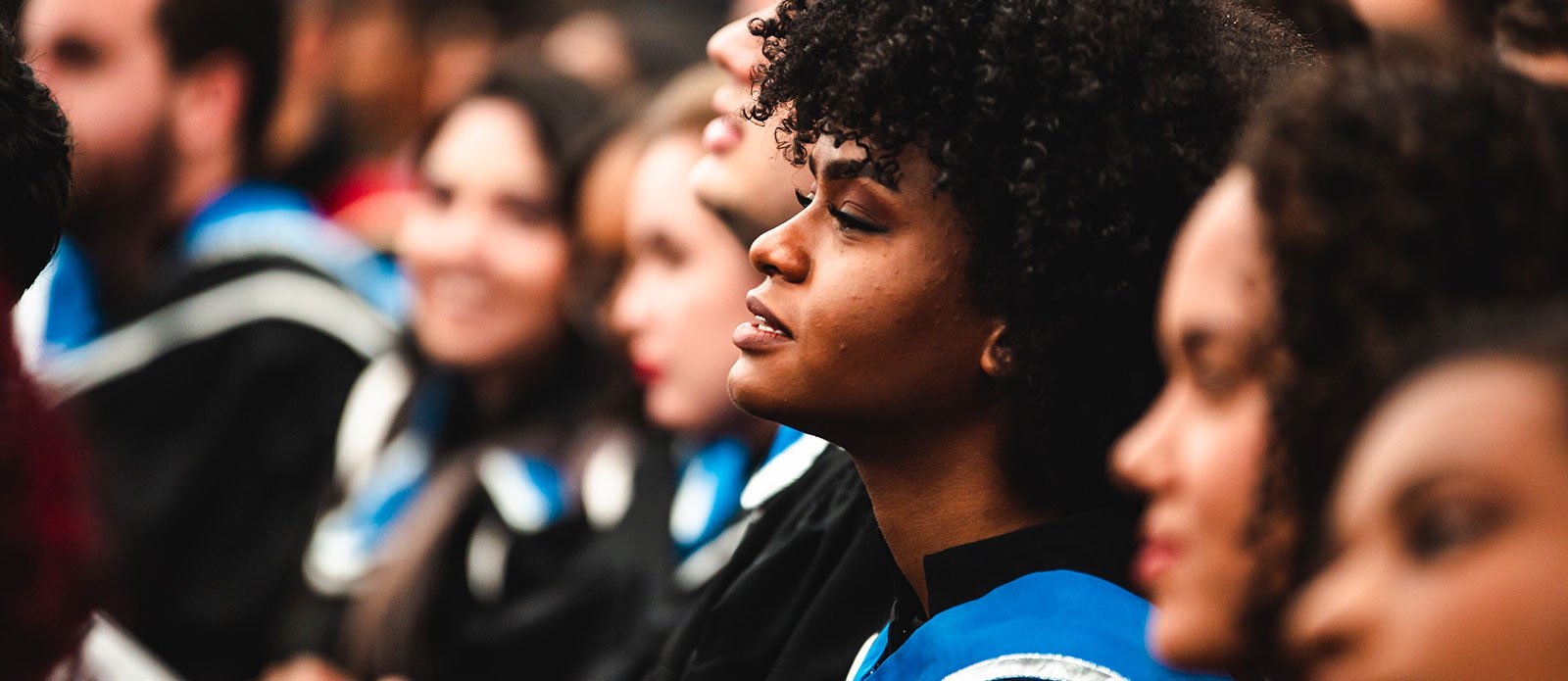Op-Ed: Who’s to Pay? The Detrimental Cost of Higher Education

Written by: Mohema Hussain
2021 National Urban League Summer Intern
Higher education is a priceless asset in today’s world, which many people are losing access to due to the expensive cost. As the job market changes, there is a demand for workers with increased levels of education and multiple degrees, specialties and certifications. However, as the demand for higher education increases, so does the price. According to the U.S. Bureau of Labor Statistics’ “From January 2006 to July 2016, the Consumer Price Index for college tuition and fees increased 63 percent, compared with an increase of 21 percent for all items. Over that period, consumer prices for college textbooks increased 88 percent and housing at school (excluding board) increased 51 percent” . Because of such increases in tuition, fees and other higher education necessities, “Almost seven in 10 parents said in a survey that they had eliminated colleges from consideration for their children because of the cost” . While higher education becomes more expensive, funding, financial aid and grants become more sparse.
The lack of assistance for higher education funds is very apparent in the cost, especially for state run institutions. The Economic Opportunity Institute states that “Twenty years ago, the state government paid 80 percent of the cost of a student’s education and a student paid 20 percent. Today, the state pays 30 percent of the cost, and the student pays 70 percent. The state has systematically disinvested in our children’s future, and we view this trend with disappointment and alarm” . Cutting state funding for higher education institutions directly causes an increase in tuition, which leads to less equity for underserved students and their communities. An analysis of a recent report by the American Academy of Arts and Sciences shows that “between 2008 and 2013 states reduced financial support to top public research universities by nearly 30%. That’s one of the main reasons for increased college tuition at these universities. As a result, state universities are admitting more and more out-of-state and foreign students who will pay full freight—sometimes three times the tuition rate of state residents” . The lack of state funding has caused institutions to prioritize wealthier out-of-state students during admissions, in fear of not being able to maintain the institution at discounted in-state tuition rates.
The priority of wealthier students goes beyond just acceptances but also into institutional provided aid as well. It has been noted by Edmit, an educational consultant in Boston, that “Schools are looking to encourage high-achieving (and ideally affluent) students to attend by offering merit-based aid. If you have good SAT/ACT scores and great grades, these schools want to find you. Your enrollment will increase their prestige and, in theory, raise their revenue” . Institutions choose to grant merit-based scholarships to higher income students to encourage them to attend. However this choice to raise their revenue causes a decrease in their diversity. An article for Inside Higher Ed states that "Many selective institutions choose to recruit and financially support out-of-state students, those with high test scores, and those from high-wealth families, a misallocation of limited financial aid dollars that has the effect of sacrificing access and diversity. This institutional choice leaves Black, Latinx, Indigenous, and underrepresented AAPI students, and students from low-income backgrounds, with a gap between what their family can afford and what they must pay" . The priority of aid going to higher income students realistically decreases the options for lower income students when searching for higher education institutions. This results in lower income students going to underfunded schools, taking out tremendous amounts in loans or not attending higher education at all.
The chain reaction of higher education is that cutting state funding leads to an increase in tuition rates, which results in institutions prioritizing higher income students and decreases diversity in higher education institutions. The chain continues by leaving lower income students with the choice of attending an underfunded school, taking on the burden of student debt or not receiving higher education. The Hechinger Report states that to reduce costs, a few higher education institutions are cutting money-losing programs, such as “Hiram College in Ohio, for example, which by 2014 was deeply in debt, dropped majors including art history, music, philosophy and religion” . Schools are having to pick and choose the resources students can have access to due to a lack of funding. Furthermore, The American Council on Education Report states that half or more of all Black, American Indian and Hispanic students go into debt trying to obtain a degree. Lastly, “higher education institutions of all kinds had nearly 2.1 million fewer students this academic year than they did at the last enrollment peak, in 2011” . The effects seen by the increase in cost of higher education has led to institutions facing budget cuts, major debts and record low enrollments, which has major negative effects specifically to lower income students.
Higher education creates major advantages for those who obtain it, but the cost puts those who need it most at a great disadvantage. There is a chain reaction of lack of state funding that leads to the preference and prioritization of high income students. This results in less diversity in institutions and less equity for lower income students. This lack of equity takes form in students having to choose between underfunded schools, student debt or no higher education. Overall, the rising cost of higher education has unfairly affected the most vulnerable and underserved groups in the nation, and it is an issue that needs immediate attention from advocates, administrators and politicians.

